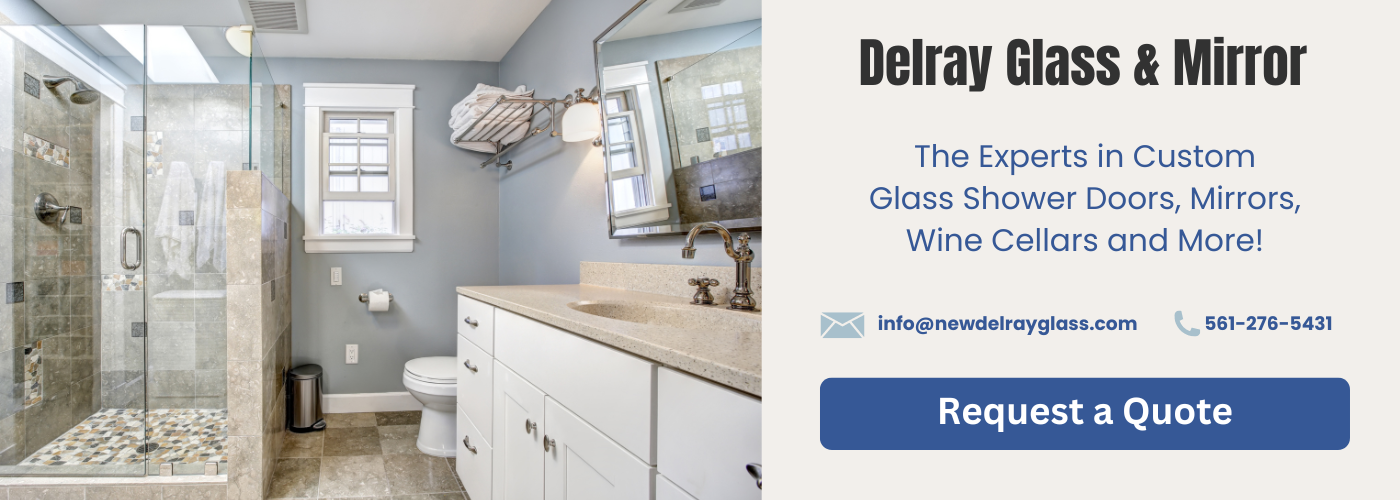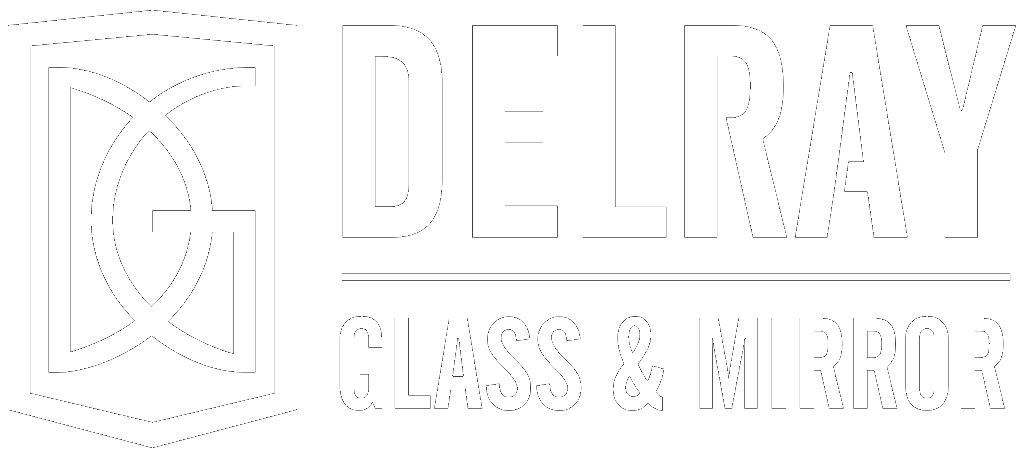**How Does Lighting Affect the Choice of Glass for Shower Doors?**
When designing or renovating a bathroom, the choice of glass for shower doors may seem like a straightforward decision at first glance. However, lighting—both natural and artificial—plays a significant role in determining which type of glass is best suited for your space. The interplay between light and glass can influence everything from the ambiance of your bathroom to its functionality and privacy. Understanding how lighting affects the performance and appearance of shower door glass can help you strike the perfect balance between style, practicality, and comfort.
From the level of transparency and light transmission to the way glass interacts with glare and reflections, lighting is a critical factor that shapes the overall shower experience. For instance, frosted and clear glass options behave differently under various lighting conditions, offering distinct advantages depending on the bathroom’s design and user preferences. Additionally, strategic lighting design can accentuate the aesthetic appeal of your shower enclosure while addressing concerns about privacy. By exploring the nuanced relationship between lighting and glass, homeowners can make more informed decisions that enhance both the functionality and style of their bathrooms.
In this article, we’ll delve into five key aspects of this topic to help you choose the ideal shower door glass for your space. We’ll examine how transparency and light transmission affect brightness, consider the reflective and glare properties of different glass types, and weigh the benefits of frosted versus clear glass options. We’ll also discuss the impact of bathroom lighting design on glass selection and explore how privacy and aesthetics factor into the decision-making process. Whether you’re aiming for a sleek, modern look or a cozy, spa-like retreat, understanding the interplay of lighting and glass is essential to achieving your vision.


Transparency and Light Transmission
The transparency and light transmission of glass play a critical role in the decision-making process for shower doors, as lighting significantly influences how the glass appears and functions within a bathroom space. Transparent glass with high light transmission allows natural or artificial light to pass through seamlessly, creating the illusion of a larger, more open space. This can be particularly beneficial in smaller bathrooms, where maximizing light can make the room feel less confined and more inviting.
When selecting glass for shower doors, it is important to consider the type and intensity of lighting in the bathroom. Bright, well-distributed lighting can enhance the clarity and brilliance of transparent glass, highlighting its sleek and modern appearance. Conversely, dim or uneven lighting may cause transparent glass to look shadowy or dull, reducing its overall aesthetic appeal. Therefore, understanding how the lighting interacts with the transparency of the glass ensures the shower doors complement the bathroom’s overall design.
In addition to aesthetic considerations, the level of transparency can also affect functionality. For example, highly transparent glass may not provide much privacy, which might not be ideal in shared bathrooms. However, in well-lit, private spaces, the use of clear and transparent glass can create a clean, minimalist look that enhances the sense of openness. Ultimately, aligning the transparency of the glass with the bathroom’s lighting design and intended functionality is key to achieving the desired balance between form and practicality.
Reflective and Glare Properties
When choosing glass for shower doors, the reflective and glare properties of the glass play a significant role, as they directly affect the overall ambiance and functionality of the bathroom. Lighting interacts with glass surfaces in various ways, and reflective properties determine how much light bounces off the glass. Excessive reflection can create visual discomfort, especially in bathrooms with bright lighting or multiple light sources. On the other hand, glass with low reflective properties can help maintain a softer, more even light distribution, which is often desirable for creating a relaxing atmosphere.
Glare is another important consideration. Glass with high gloss finishes or untreated surfaces can cause glare when exposed to direct or angled light. This can make the bathroom feel overly bright or uncomfortable, particularly in smaller spaces where light tends to reflect more intensely. Choosing glass with anti-glare coatings or matte finishes can help minimize this issue, ensuring the bathroom lighting feels balanced and visually appealing.
The reflective and glare properties of shower door glass also influence how the bathroom appears in terms of size and openness. Highly reflective glass can create a mirror-like effect, giving the illusion of a larger space. However, this might not be ideal for every bathroom, as it could also amplify lighting imperfections or clutter. Therefore, understanding how lighting interacts with reflective surfaces is key to making an informed decision that aligns with both the aesthetics and practical needs of the bathroom.
Frosted vs. Clear Glass Options
When it comes to selecting the right glass for shower doors, the choice between frosted and clear glass plays a significant role, especially in relation to lighting. Frosted glass offers a more diffused, muted lighting effect, as it scatters light passing through its surface. This can create a soft, even glow in the bathroom, reducing harsh shadows and glare. On the other hand, clear glass allows for maximum light transmission, preserving the brightness and openness of the space. The decision between these two options often hinges on the type of lighting present in the bathroom and the desired ambiance.
In bathrooms with abundant natural light, frosted glass can act as a subtle diffuser, balancing the light and preventing overly bright or concentrated areas. This can make the space feel more serene and spa-like. Conversely, clear glass may amplify the brightness, which works well in bathrooms where maintaining a sense of openness and airiness is a priority. However, in bathrooms with limited lighting, frosted glass can sometimes make the space feel darker, as it restricts the direct flow of light. In such cases, clear glass may be a better option to maximize the available light.
Another important consideration is how frosted and clear glass interact with artificial lighting. Frosted glass pairs well with warm, ambient lighting, as it softens the overall illumination and minimizes glare. This is particularly beneficial in creating a relaxing environment. Clear glass, while versatile, can sometimes reflect artificial light, especially if the lighting fixtures are placed at certain angles. This can result in unwanted glare or bright hotspots, which might detract from the overall aesthetics of the space. Ultimately, the choice between frosted and clear glass should align with the bathroom’s lighting conditions, functional needs, and desired visual style.
Impact of Bathroom Lighting Design
The lighting design in your bathroom plays a crucial role in determining the type of glass that works best for your shower doors. Lighting affects how glass interacts with the space, influencing factors such as ambiance, practicality, and overall aesthetic appeal. A well-thought-out lighting design can complement the glass choice, while poor lighting can diminish the impact of even the most beautifully designed shower enclosure.
For example, in bathrooms with soft, warm lighting, frosted or textured glass can diffuse the light and create a calming, spa-like atmosphere. This can make the space feel cozy and inviting while still offering privacy. Conversely, in bathrooms with bright, cool-toned lighting, clear glass can maximize light transmission, making the room appear more expansive and open. The choice of glass should harmonize with the light’s color temperature and intensity to create the desired effect.
Additionally, the placement and direction of lighting fixtures can affect how the glass looks. Downlights or spotlights can create reflections and highlights on clear glass, adding a modern and sleek touch. However, excessive glare or harsh reflections can be an issue if not managed properly. In contrast, diffuse lighting works well with frosted glass, as it minimizes glare and distributes light evenly across the surface. Understanding the interplay between light and glass ensures that the bathroom feels balanced, functional, and visually appealing.
Privacy and Aesthetic Considerations
Privacy and aesthetic considerations play a significant role in determining the choice of glass for shower doors, particularly in relation to how lighting interacts with the bathroom’s overall design. Bathrooms are often shared spaces, and the level of privacy desired will influence whether frosted, textured, or clear glass is the best fit for the shower enclosure. Lighting can enhance or diminish the effectiveness of these glass styles in achieving both functional privacy and visual appeal.
For example, frosted or textured glass is a popular choice when privacy is a priority. These materials scatter light, creating a soft, diffused glow that obscures visibility while still allowing natural or artificial light to pass through. The interplay of light with frosted or textured glass can also contribute to a serene and spa-like atmosphere, making the bathroom more inviting. On the other hand, in poorly lit bathrooms, these glass types might make the space feel darker or more confined, so balancing lighting design with glass choice is crucial.
From an aesthetic perspective, lighting can highlight the unique qualities of the chosen glass. Clear glass, for instance, works well in modern, minimalist bathrooms where openness and clean lines are desired. When paired with the right lighting, clear glass can create a sense of spaciousness and allow decorative tile work or high-end fixtures to become focal points. However, clear glass offers little in terms of privacy, so it’s better suited for single-use bathrooms or spaces where privacy is less of a concern.
Ultimately, the decision about whether to prioritize privacy or aesthetics should align with the homeowner’s needs and the bathroom’s specific lighting setup. Effective lighting can enhance the functionality of the glass, whether by accentuating its design or ensuring that privacy features are adequately supported. By carefully considering both privacy and aesthetic goals, homeowners can select a shower door glass that complements their bathroom’s overall ambiance while meeting their practical requirements.
